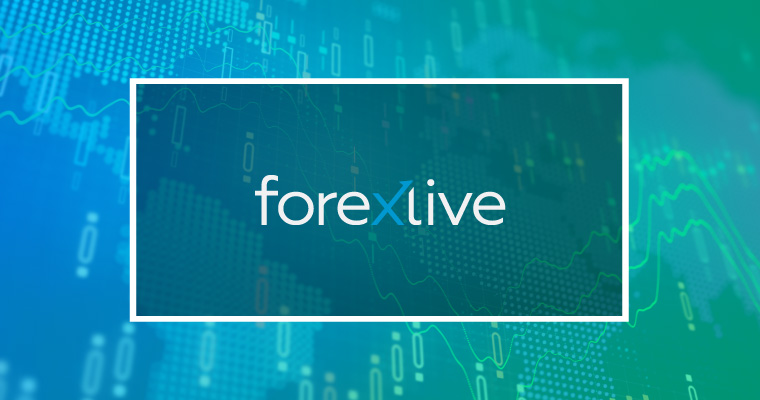The evidence is all in the data these days and while consumer price inflation remains elevated, there are tentative signs that inflation pressures are starting to cool in Europe – at least for the time being. Let’s dig straight into the recent economic releases.
France PMI
“Rates of both input cost and output price inflation were at the slowest in nine months, albeit still sharp by historical standards..
The slowing of cost pressures within the manufacturing sector was especially notable, with the respective index here falling by seven points to its lowest in almost two years. Some companies mentioned falling prices for certain raw materials such as wood and metals.
Prices charged for French goods and services continued to rise sharply, but to the softest extent since August. Although many companies continued to pass through higher operating expenses to their selling prices, companies that experienced cost reductions took the opportunity to lower their charges.”
Germany PMI
“Inflationary pressures across Germany’s private sector economy remained historically elevated midway through the final quarter of the year. That said, there were further signs of an easing of pipeline price pressures, as firms reported the weakest rise in input costs since May 2021. The slowdown was led by the manufacturing sector, where the rate of input price inflation fell sharply to a 23-month low. The rate of increase in service sector costs remained among the quickest on record, partly due to rising wages, although it too fell from the previous month, down to the lowest since August.
With businesses continuing to pass through higher costs to customers, November saw a further steep rise in average prices charged for goods and services. The rate of output price inflation ticked down and was the second-slowest in the past nine months, although it was still quicker than at any time in the series history prior to this (stretching back to September 2002).”
Germany PPI
“Compared with September 2022, producer prices decreased by 4.2% in October 2022. This was the first month-on-month decrease since May 2020 (–0.4% on April 2020). Compared with September 2022, energy prices fell by an average 10.4%, which was mainly caused by the decrease of electricity and natural gas prices (distribution).”
Eurozone PMI
“Firms’ costs rose at the slowest rate for 14 months, in turn allowing selling price inflation to moderate, albeit with rates of inflation remaining elevated..
Average input prices paid by manufacturers rose at a markedly reduced rate as a result (of the improving supply situation), showing the smallest monthly gain since December 2020. Service sector input cost inflation also moderated, down to the second-lowest in the past nine months. Measured across both sectors, input cost inflation cooled to the lowest since September 2021, albeit remaining elevated by historical standards thanks principally to high energy costs.
Average prices charged for goods and services also rose at a reduced rate, albeit likewise continuing to climb sharply, the rate of inflation cooling for a second month in a row to register the smallest increase since August. Rates of selling price inflation eased in both manufacturing and services, most notably to a 20-month low in the former.”
Even today, we are seeing Spanish industrial prices be up by 26.1% year-on-year – which is its slowest pace since September 2021.
The TLDR message here is that we are starting to see inflation pressures cool off at a marked rate in Europe, owing to a decline in energy prices mostly. That said, overall inflation remains very much elevated and that is also still thanks to energy prices – which are still high by historical standards despite the recent drop.
Adding to that, the increase in cost pressures are spilling over to broader sectors and that could yet keep inflation – more specifically core inflation – elevated going into next year.
So, while there is some hopeful optimism, it is still too early to call this the turning point on the inflation battle just yet.
